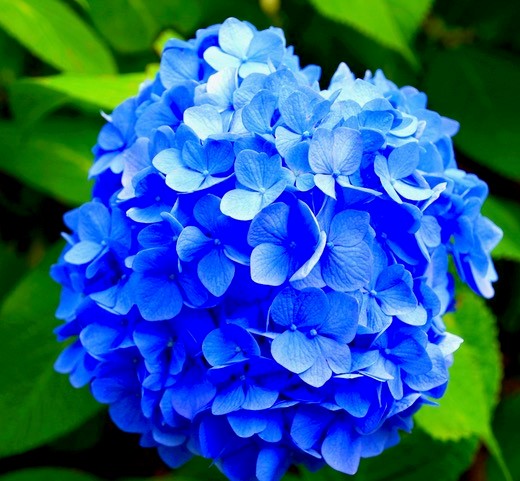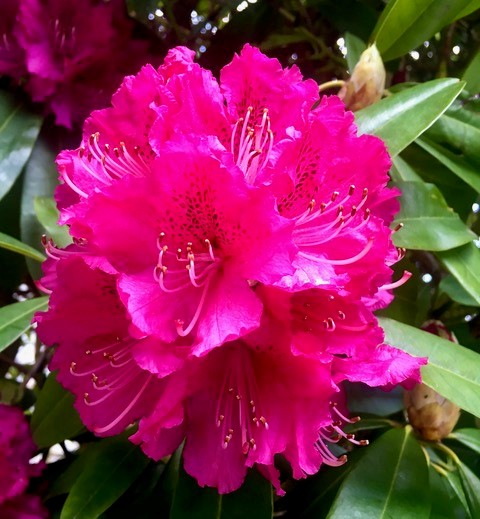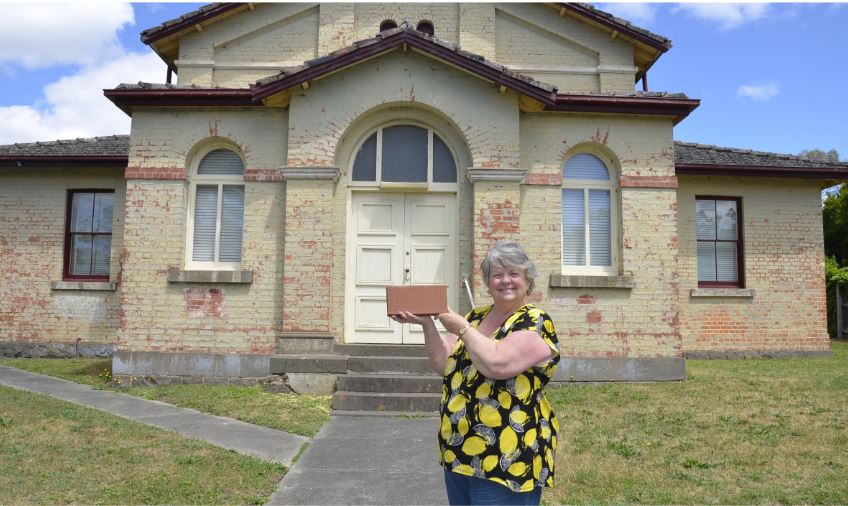October 10th, 2020Glen, about the house
I can scarcely believe it is a little over seven years since my friends Donna and Kyle came to tell me of their plans to publish a monthly community newspaper, let alone that the next edition of The Local would be Issue No. 200.
I was delighted, as a then director of the local community bank, to be able to organise a financial boost through sponsorship, and then help with designing logos and the early front pages etc.
What really gives me the most joy is once again being able to indulge in my two great passions – writing and photography, specifically about gardening and the environment.
For more than 50 years I had steadily built a warehouse of horticulture knowledge through writing regular articles for both Adelaide and Melbourne newspapers, sundry magazines and several gardening books. That all suddenly came to a grinding halt with my retirement, leaving my creative juices in limbo. But that was before The Local.
I draw great pleasure and satisfaction in, with Donna, Kyle and our band of like- minded, talented contributors, being able to buck the trend and not only survive, but thrive, and continue to be the true voice for this wonderful community we call home.
Time for a feed
This year has all the hallmarks of a great Spring/early Summer for growth in our gardens. The early rains and promise of a visit from La Nina would indicate a great amount of steady root growth for newly planted and existing trees and shrubs, or seedlings. This is also sign for us to provide the necessary nourishment to sustain all that new growth.

Azaleas, camellias and rhododendrons are all in full bloom during this month and as they finish flowering they will begin to throw out new growth, so now is an important time for a good feed. Because they are all surface-rooted plants they will suffer more than most from the leaching effects of Winter rains.
They also suffer badly when the soil is alkaline and/or clay which locks up the much-needed nutrients. Because of this it would be advisable to give each plant a dressing of iron chelates or sulphate of iron and feed them with a complete manure or special camellia food. Although a good thick layer of mulch will help keep the soil moist and protect the roots from Summer heat, leave putting on the mulch to allow the rains to soak in. When the flowers are finished, give each plant a light pruning to remove any spindly or dead wood.
Hydrangeas will be entering a critical stage in their growing year as the hot weather approaches. They are extremely prone to suffering from hot sunlight and no matter how much water they receive, they will droop and wilt without some protection.

It is important that they are never allowed to dry out once the flower buds begin to form. If they are left to dry for any length of time from now until Summer their flowers may be lost for the season.
To be on the safe side, cover the soil around each plant with a good thick layer of organic mulching material and water them regularly.
A blue hydrangea is a desirable, but not necessarily natural thing. It’s all in the soil. It all relies on the acidity (pH) of the soil – acid blue, alkaline – natural colours.
Hydrangea colours range from white, through various shades of pink to red. The stronger the original hue, the deeper the blue/purple. So, in essence, a natural white flower will turn to bright blue, and shades of pink can be encouraged to be mauve or cyclamen, dependant on the amount of acidity in the soil.
You can purchase simple pH test kits and special fertilisers from your local garden stockist.










